Archive of the Mendocino Heritage Artists
A Life Well Lived: William Zacha (1920- 1998)
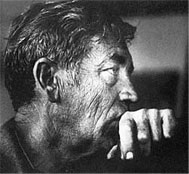
We remember Bill Zacha, spinner of tales, visionary catalyst, gifted artist, founder of the Mendocino Art Center, and we celebrate him.
Philosophy
If Bill Zacha’s philosophy could be reduced to one element, it would be his belief in the simple direct line, reflected not only in his architectural work and in all his art, but in the way he lived his life. He saw the simple direct line of possibility and right action where others often saw complication; Bill Zacha’s great gift was to inspire those others to see what he saw and to act.
Bill also believed in beauty, specifically in the need to surround oneself with beauty and to create beauty in everything one does. Bill sang and, when his singing voice was lost, he played the cello and let the instrument sing for him. Bill’s work in theatre, his paintings and serigraphs, his architectural design, his exquisite sculptures in bronze, all his personal artistic endeavors were in tandem with his enormous appreciation of beauty in the art of others, in cultures around the world, in the harmonies of nature and especially the inner beauty of character.
World War II & Helen Schoeni
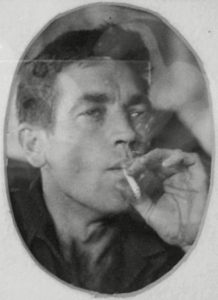
World War II interrupted Bill Zacha’s studies at University of California, Berkeley. At 21, Bill volunteered for the U. S. Navy, where he served in the Pacific until the end of the war . There he met producer and director Helen Schoeni, who requisitioned Bill to assist her with Red Cross sponsored musicals to entertain Allied troops throughout the Pacific (1941-1945).
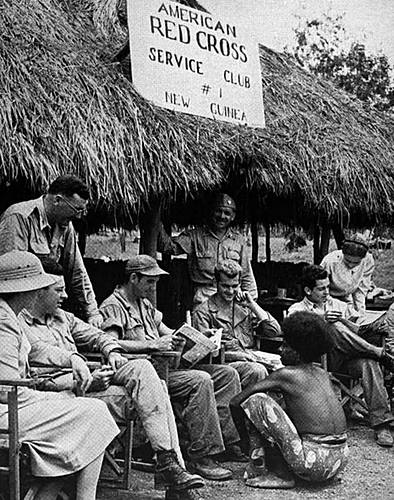
Helen Schoeni became Bill Zacha’s mentor, and the two kept in touch after the war. The Helen Schoeni Theatre at the Mendocino Art Center was named in her honor.
More of Helen Schoeni’s influence on Mendocino
In 1960, when Bill Zacha asked Helen Schoeni for a recommendation for a painting teacher for the new Mendocino Art Center, she suggested that he invite Dorr Bothwell. Bothwell was travelling that year, so she sent Hilda Pertha to teach in her place, to hold the position.
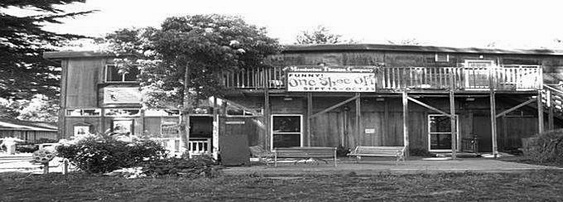
Art Studies
After Bill Zacha’s discharge from the Navy, the GI Bill allowed him to resume his education at George Washington University (Washington D.C.) where an arm injury contributed to his decision to change his major from architecture to fine arts. After graduation, Bill went to Rome to study at Studio Hinna at Villa Strohl-Fern, on the grounds of the Villa Borghese.
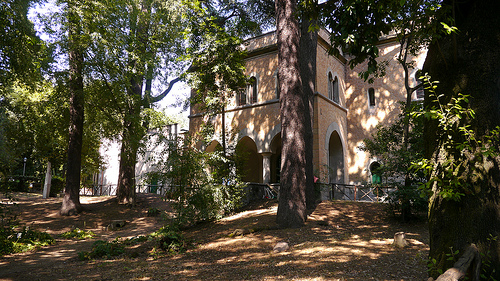
Return to California
After Rome, Bill returned to the Bay Area, and bought a small house in Corte Madera with savings from the Navy. In 1955, he went back to school for a year and a half, at San Francisco State, where he earned a teaching credential. Although Bill found no jobs in public schools, the personnel office at the San Francisco Unified School District called Bill to suggest that he interview to run the Arts and Crafts building for the US Army at the San Francisco Presidio. Bill was hired. He developed a successful arts and crafts program, and earned $100 a week.
Family
It was on a lucky day that Bill met the beautiful Jennie Malone, a successful fashion designer who set her career aside to become his wife and partner in life. To Bill’s charisma, vision and determination, Jennie brought grace, strength, and unwavering support. Bill brought Jennie back to Corte Madera where, in 1956, their daughter Lucia was born.
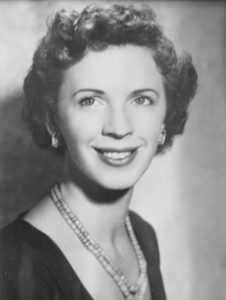
Mendocino
In 1957, on a weekend getaway to the North Coast with friends Harry and Jean Crotty, Bill and Jenny Zacha first saw Mendocino. Bill fell in love with the town, and with his vision for it. His teaching credential, and experience running the art program at the Presidio, won him a job teaching art at Mendocino High School, allowing him to buy the tumbledown Albert Brown House for just $50 down. Soon he had moved his astonished wife Jennie and young Lucia to Mendocino where Bill renovated their house and, in 1958, opened his first Mendocino art gallery, on the corner of Main Street and Kasten, upstairs in the building that now houses Gallery Bookshop.
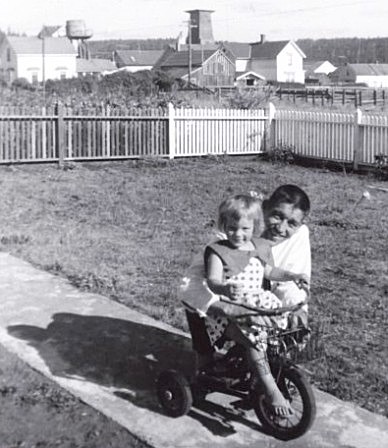
The Mendocino Art Center
In 1959 Bill and Jennie Zacha founded the Mendocino Art Center. For almost two decades Bill was its Director, working for a stipend of ten dollars a year.
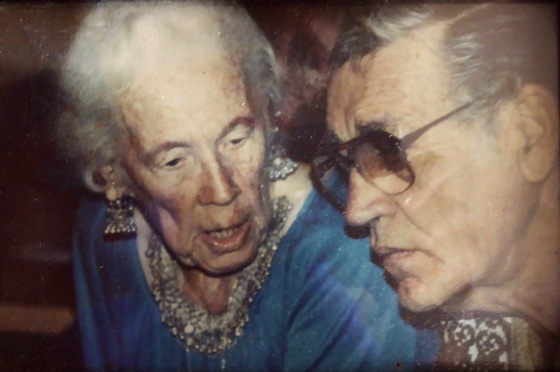
Fifty years after its founding, the Mendocino Art Center has an international reputation for excellence that draws the best teachers of crafts and fine arts, including annual artists-in-residence. Today the Mendocino Art Center serves thousands of students, artists, and art lovers every year. It has grown from its original single room to a large complex with beautiful grounds, art galleries, studios for textiles, jewelry, ceramics, painting, drawing, serigraphy and sculpture, apartments for artists and its own performing arts center, the Helen Schoeni Theatre.
When speaking of the miracle of the Mendocino Art Center, Bill gave all credit to Saint Francis.
Our Town
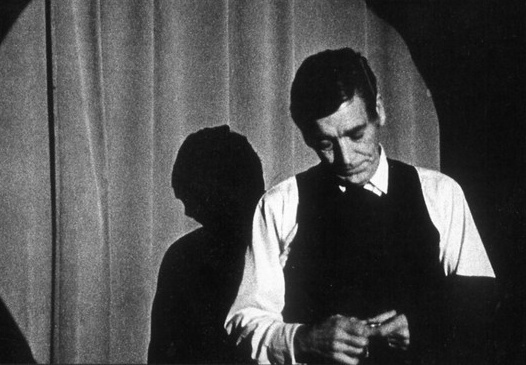
Bill had a passion for theatre. His favorite role was the Stage Manager in Our Town by Thornton Wilder, which he performed in the Helen Schoeni Theatre’s first production, directed by Wes Bradshaw in 1971, and reprised the role in Chester Anderson’s production (December 1980-January 1981)
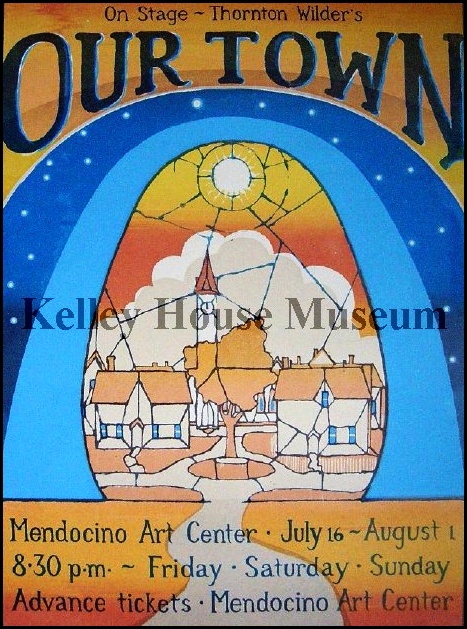
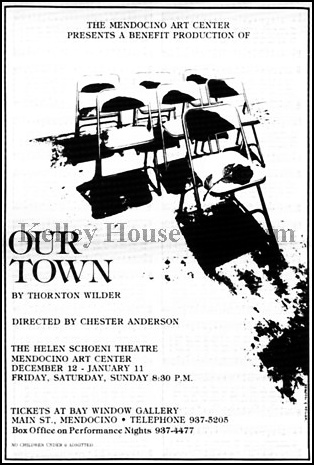
Architecture
Bill’s architectural training was put to good use in Mendocino. He designed the the Bay Window Gallery, the Mendocino Art Center complex, Dorr Bothwell’s studio and water tower on the corner of Albion and Kasten Streets, a later house and studio for Dorr by his rose garden behind the Bay Window Gallery, several private houses, and a wonderful mixed use building at 484 Main Street, with a new home for his family in the spacious apartment upstairs, and a medical office for Donald Hahn, MD below. Today Dr. Hahn’s former office houses the Mendocino Healing Arts Center, and its halls are lined with Bill Zacha’s artwork.
Tokaido
While browsing the bookstalls of Rome in 1954 Bill discovered a book on Hiroshige’s Fifty-three Stations of the Tokaido. 19th century Japanese artist Ando Hiroshige created several series of woodblock prints depicting the Stations of the Tokaido, traditional stopping places for travelers along the ancient Tokaido Road that connected the Shogun’s castle in Edo with the palace of the Emperor in Kyoto.
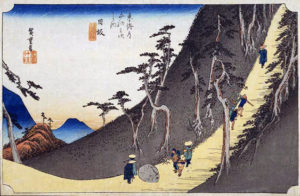
Hiroshige’s Tokaido Road series made a profound impression on Bill. Ten years later Bill spent three months in Japan, and he fell in love with the Japanese people and their country.
Inspired by Hiroshige’s work, between 1964 and 1985 Bill made seventeen visits to Japan, researching and preparing what was to become his masterwork, Tokaido Journey, a series of fifty-five serigraphs, each presenting a contemporary view of one of the fifty-three stations of the Tokaido Road, with the addition of Nihonbashi in Tokyo at the beginning, and Sanjobashi in Kyoto at the end of his journey.
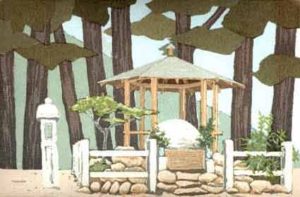
Although Bill had taken many earlier trips with his family, in the Americas and abroad, in 1976, with the Art Center in good hands, Bill was able to take his family to Italy for a year, his first extended time there since his graduate studies in Rome decades before. In Italy Bill studied sculpture, and explored cities and villages, carrying his portable easel, often stopping to sketch and paint. Italian architecture was his special delight. Bill visited museums and churches, studied voice and violoncello, learned Italian, and together with Jennie and Lucia, enjoyed the opera, the food and, most of all, the people of Italy.
Bill returned to Mendocino refreshed, eager to continue sculpting, and to return to his Tokaido Journey series.
In 1981 Bill returned to Rome for an exhibit of his bronzetti, alongside his serigraphs and watercolors of Japan and Mendocino.
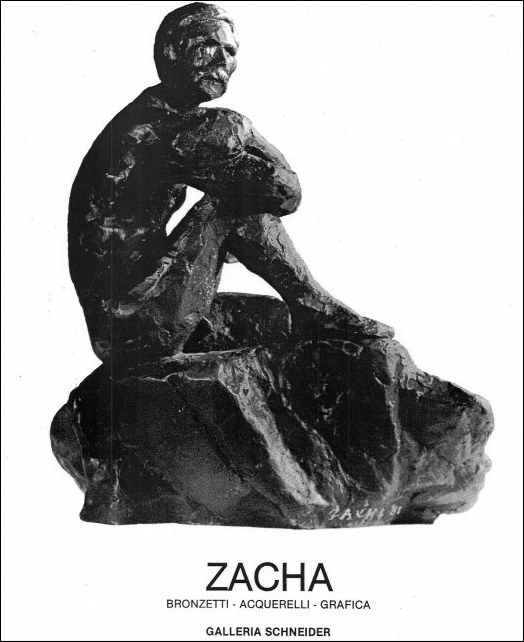
In 1985, Bill Zacha’s Tokaido Journey book and 55 serigraphs debuted to great acclaim at Kabutoya Gallery on the Ginza in Tokyo.
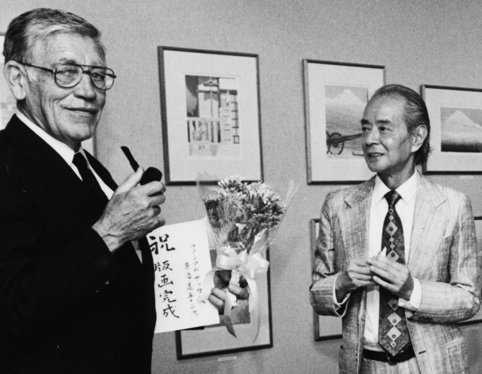
Scario
In need of solitude and spiritual renewal, in the early 1990s Bill returned to Italy where he stayed for two years, this time in Scario, a quiet town south of the Amalfi Coast.
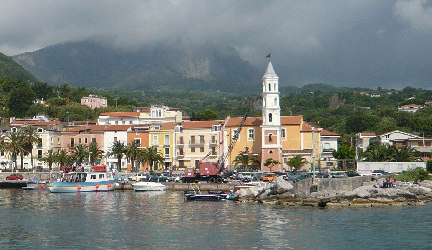
An enduring legacy
Bill Zacha’s media include ceramic, welded steel, and cast bronze sculpture, oils, watercolor, and serigraphy, including his masterful Tokaido Journey series. His work has been exhibited and collected throughout the Americas, Europe and Asia.
In 2008, Zacha’s Bay Window Gallery celebrated its 50th anniversary; 2009 was the 50th anniversary of the Mendocino Art Center. The environment Bill Zacha created at the Art Center so many years ago, the seed of a renewed Mendocino, continues to nurture creativity and build community.
– Carol Goodwin Blick (2008)
To hear Bill Zacha’s story in his own words, read Bruce Levene’s 1986 oral history interview with Bill, published in Mendocino Art Center: A 50 Year Retrospective, compiled and edited by Bruce Levene (2009). For now, Mendocino Art Center: A 50 Year Retrospective is available at the Mendocino Art Center Gallery Gift Shop (707-937-5818), and at Gallery Bookshop on the corner of Main Street & Kasten in Mendocino (707-937-2665).
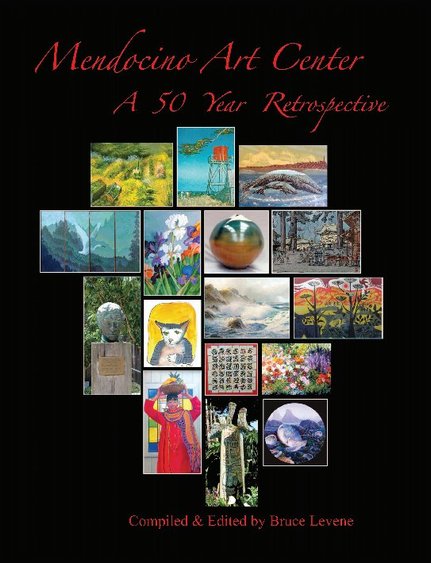
If you knew Bill, taught or took classes at the Mendocino Art Center and have memories, or photos, to share, please contact us. We’d love to hear from you.
LINKS
Divine Inspiration, Creative Genius. A Whim.
The Mendocino Art Center
Jennie Zacha’s Hot Wild Blackberry Sundaes
Bill Zacha’s Legacy
Zacha’s Bay Window Gallery
Aunt Dell & Red Roses for Bill
Bill’s Roses: A Tribute by Hilda Pertha
William Zacha: Artwork
Mendocino Heritage Artists
Welcome!